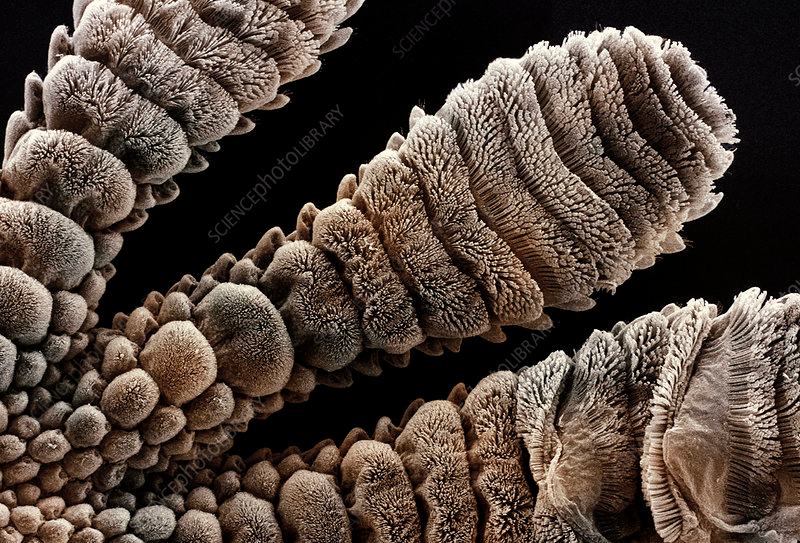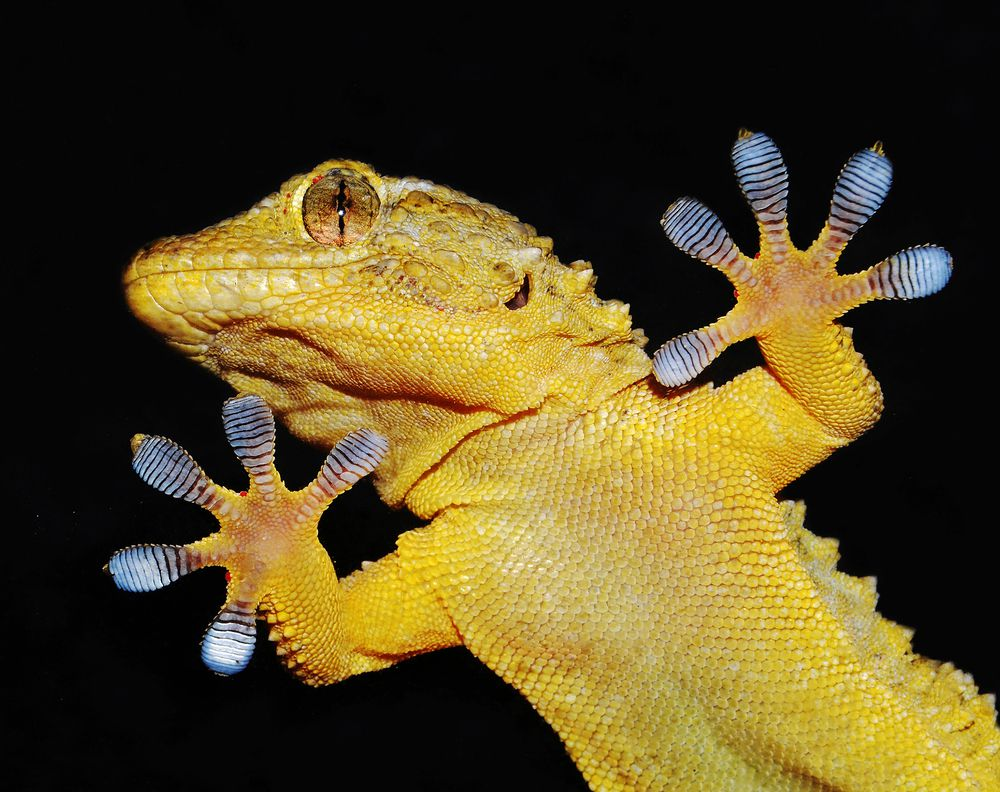Like my other course today, this is mostly a introduction to the class of Principles of Biology 1.
For this note, I will skip out on the introductory information of the course, and jump straight into the example case study presented in class.
Case Study: Geckos
This exercise is meant to exemplify the scientific method
How are Geckos able to stick to almost any surface?
My Hypothesis
From the picture above, I noticed some interesting adaptations on their fingers, which looks a bit like plates of some kind.
While these dont appear as suction cups, as they are purely lines in a single dimension. Maybe they contain microfibers of some kind, and these grooves look to be more attached on one side than the other, kind of like shingles.
It could also be something to do with the relative Ion Charges between the surface and the hands. Maybe one is negatively charged, and the other is positively.
How Do We Test This?
Well, how scientists tested this was by placing geckos in a vacuum. This was quite a unusual and fairly gruesome experiment, but this would test if Geckos used suction as their mechanism for sticking. In a vacuum, suction doesnt work as the phenomena is a result of the force of air pressure from outside the suction cup holding it in place.
Regardless, the geckos stuck to the sides of the chamber, although obviously they did not survive the experiment.
How it Was Actually Found out
Well, it turns out the hypothesis of the microfibers was partially correct. Looking at macro images of their feet, we notice some new patterns that were not visible in the first photo:

